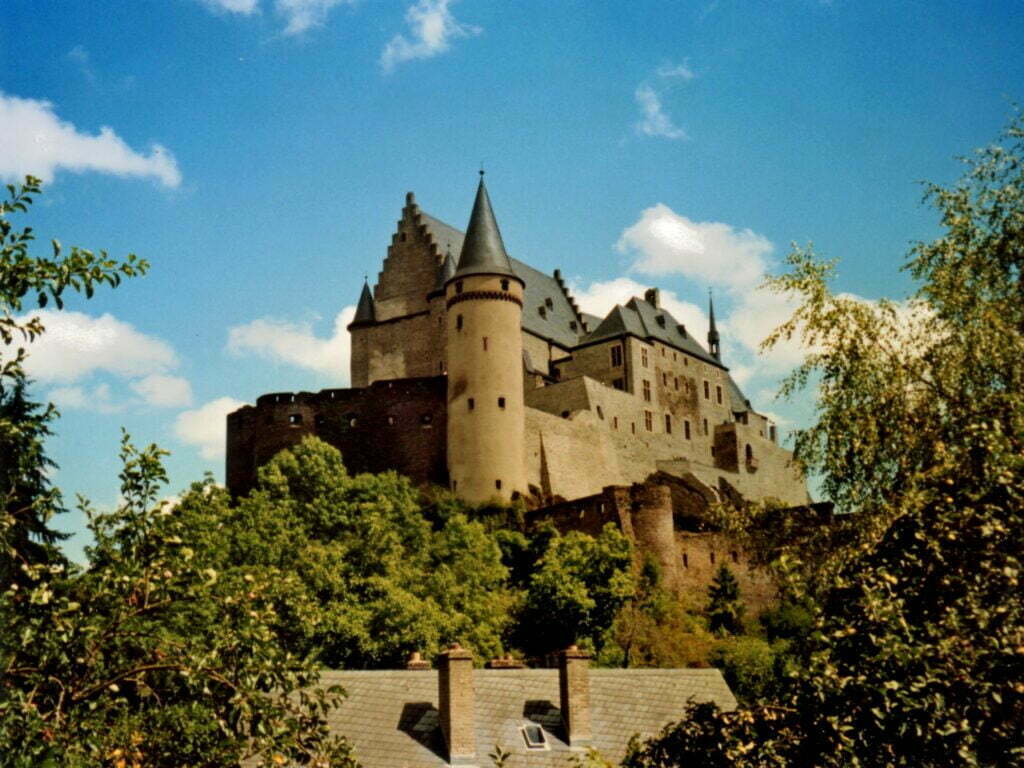The City of Luxembourg: its Old Quarters and Fortifications, a UNESCO World Heritage Site since 1994, is a famous place for its festivals, traditions, and culture.
City of Luxembourg
The landlocked Luxembourg country in Western Europe is known formally as the Grand Duchy of Luxembourg. Le Luxembourg is bounded by Belgium on the west and north, Germany on the east, and France on the south.
Luxembourg City, the country’s capital, is one of the European Union’s four official capitals (together with Brussels, Frankfurt, and Strasbourg). It is also home to the European Union’s Court of Justice, the EU’s highest judicial body.
Culture of Luxembourg
The culture of Luxembourg, Luxembourg people, and languages are deeply entwined with those of its neighbors, resulting in a cultural mash-up of French and German influences. According to legislation, Luxembourgish is the only national language of the Luxembourgish people.
In administrative and judicial issues, in addition to Luxembourgish, French and German are utilized; the three languages are collectively referred to as Luxembourg’s administrative languages.
Led by Grand Duke Henri as a representative democracy with a constitutional monarch, Luxembourg is the world’s only remaining sovereign grand duchy. A developed country, Luxembourg has a sophisticated economy and one of the highest GDP per capita in the world (PPP).
Due to the outstanding preservation of its enormous walls and ancient city, the City of Luxembourg, with its old districts and fortifications, was designated as a UNESCO World Heritage Site in 1994.
City of Luxembourg: its Old Quarters and Fortifications
The Old City of Luxembourg is built on a very steep rocky outcrop at the junction of the Alzette and Pétrusse Rivers, which serves as a natural fortress that is only partially completed on the west side. Luxembourg City was formerly one of the largest strongholds in contemporary Europe due to its remarkable strategic location.
As it passed into the hands of several great European nations, the Luxembourg castle was regularly rebuilt and fortified. Originally, the city of Luxembourg consisted only of a tiny fort (the castle), which was erected on an almost inaccessible cliff shortly after the middle of the 10th century.
The community that grew up around the castle was secured by a stone fortress wall in the 12th century, which was expanded in the 14th and 15th centuries. The city was captured by Burgundy soldiers in 1443. It went to the Habsburgs by inheritance and was Spanish until 1684.
Luxembourg fortress
During this time, the location was turned into a fortress. Following King Louis XIV’s victory, Vauban expanded and strengthened the defenses. The Austrians continued his construction in the 18th century, creating the “Gibraltar of the North.” The Prussians built additional military facilities after the Congress of Vienna until they were dismantled in 1867.
The majority of the defenses were dismantled after the Treaty of London in 1867. Gates, forts, bastions, redoubts, and casemates are among the remains that have survived from all of these periods. The city’s street plan and a number of public buildings have been preserved, offering important evidence of the city’s origins and history dating back to the 10th century.
Old town Luxembourg
Inside and at the base of the walls sprouted quarters where people lived and engaged in trade or crafts. They also conserved places of worship, such as St. Michel’s Church. Along with the Church of St. Nicolas, it is now a true museum of sacred art. Later on, the modern cathedral was moved to the Jesuits’ sanctuary.
The historic Neumünster Abbey is a landmark in the Grund borough. Under the Upper Town, in the shadow of the walls, aristocratic families and the great religious orders constructed their homes, dubbed “shelters,” to be close to the administrations and governmental institutions. The historic quarters still preserve the impressions of their past occupants and their activities.
Despite the removal of the citadel, defenses, and ancient districts, the city is now a significant historical ensemble. It is an excellent example of a fortified European city and is home to a unique collection of military relics that span a lengthy period of Western history.
Share to stand out from the crowd with this Blog.

